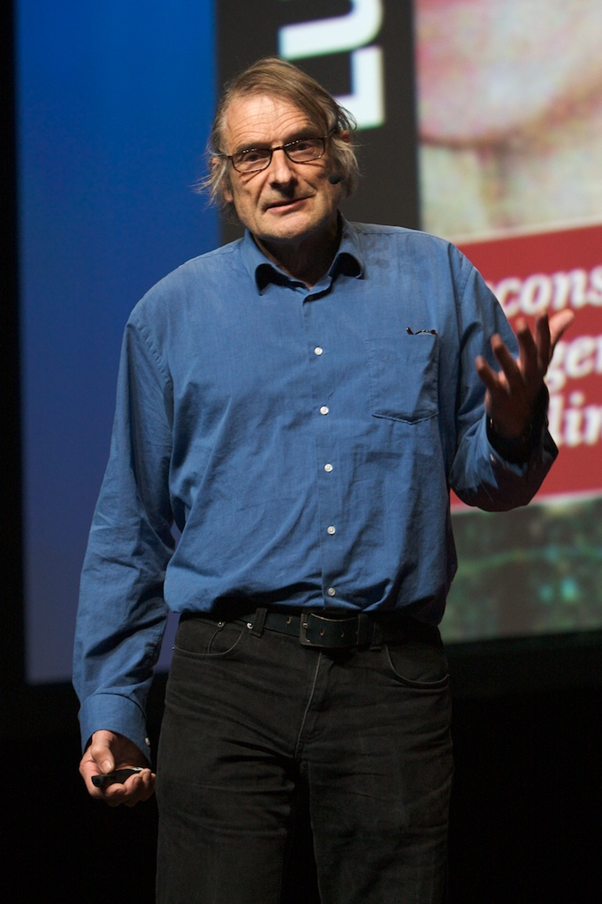Yet another statistical analysis of the data of the 'loophole free' experiments of 2015
Speaker
Richard David Gill, Leiden University

Time
2019-09-25 14:00:00 ~ 2019-09-25 15:30:00
Location
Room 1319, Software Expert Building
Host
Nana Liu, Assistant Professor, John Hopcroft Center for Computer Science
Abstract
I plan to present some simple and as far as I know novel statistical analyses of the data of the famous Bell-type experiments of 2015 and 2016: Delft, NIST, Vienna and Munich. After that I want to discuss the general issue of loopholes in Bell-type experiments.
Every statistical analysis relies on statistical assumptions. I’ll initially make some quite strong (possibly naive) assumptions which do however justify a very simple (“generalised least squares”) statistical analysis, and which enable us to compare the results of the two main types of experiments. These two types are: (1) NIST, Vienna: two entangled photons leave a source and travel to distant polarisation filters and photo-detectors; settings and state are chosen to somehow “optimise” the handling of the detection loophole, the Bell-CHSH inequality is replaced by the Eberhard inequality. (2) Delft: two photons leave laser-excited Nitrogen-vacancy (NV) defects in diamond and interfere at a central location; the experiment is based on entanglement swapping, and aims at creating the traditionally optimal (according to the Tsirelson inequality) state and settings; Munich is similar, single ion traps instead of NV defects.
One cannot say which type of experiment is better without agreeing on how to compromise between the desires to obtain high statistical significance and high physical significance.
After this I want to talk about the issue of loopholes in such experiments, in general. Many loopholes can be avoided by taking appropriate experimental precautions, some of which are well known in medical research but hard for physicists to appreciate. It is absolutely crucial to be clear what is the “experimental unit” about which we want to draw conclusions. Experimentalists think they want to draw conclusions about, for instance, entangled pairs of photons; but the words like “entangled” and “photon” and “particle” belong to a particular physical theory, and in the experiment, we want to compare this theory to other theories, where such words might not have any meaning at all. The primary experimental unit should be taken to be “time-slot”, not “particle pair”.
Bio
Richard David Gill is a UK-born mathematician and held the chair of mathematical statistics in Leiden University. As a probability theorist and statistician, Gill is most well-known for his research on counting processes and survival analysis, some of which has appeared in a widely-used textbook. His foremost academic achievement is his early and very influential work on counting processes and survival analysis and semiparametric models. Later he worked in the other areas like quantum foundations, quantum statistics, forensic statistics. As a recognition of his achievements, he has been elected as a member of the Royal Dutch Academy of Sciences and Arts and a past president of the Dutch Statistical Society. His contributions to the loophole debate concerning Bell type experiments were incorporated in all the milestone experiments of 2015.

